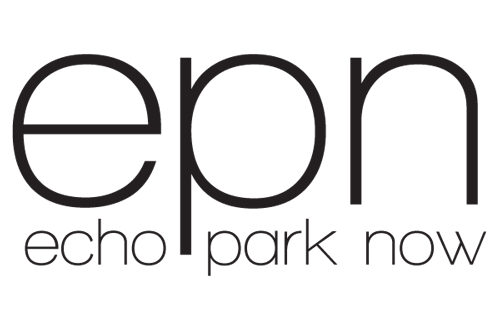Flashback Fridays – Historic Filipinotown
Francisco Carino – Intro from Public Matters on Vimeo.
Various arguments have been made (and are still being made) as to whether Historic Filipinotown is its own neighborhood or whether it belongs to either Echo Park or the Temple/Beverly neighborhood. It is part of the Thirteenth District and was officially designated Historic Filipinotown in 2002. I recently found some cool videos all about HiFi, and thought I’d look into its history. Perhaps you would like to hear a bit about what I found out?
The first big wave of Filipino immigration into the United States occurred in the 1920s when the Philippines was a U.S. territory. The first substantial Filipino community in Los Angeles formed around this time in what is now Little Tokyo. Later, in the 1930s and 40s, the location of this community shifted to what is today Historic Filipinotown.
Neighborhoods like these formed as a result of housing and job discrimination that prevented Filipinos from living and working just anywhere. It wasn’t until the 1940s that laws against racially mixed marriages were overturned and housing discrimination was declared illegal by the U.S. Supreme Court. The irony of this discrimination is that, the Philippines being a U.S. territory, many immigrants had already been taught English and American History in their homeland before they even got here.
In 1965, the Immigration Act nullified immigration quotas, and a larger number of non-western immigrants came to the United States. At the same time, another area of Los Angeles with a large Filipino population, Bunker Hill, began the shift from a residential to a commercial area, and many residents were forced out. All of this resulted in a population boom for Historic Filipintown. The result was the creation of a neighborhood that today is the keeper of an important part of Filipino and Los Angeles immigrant history.
